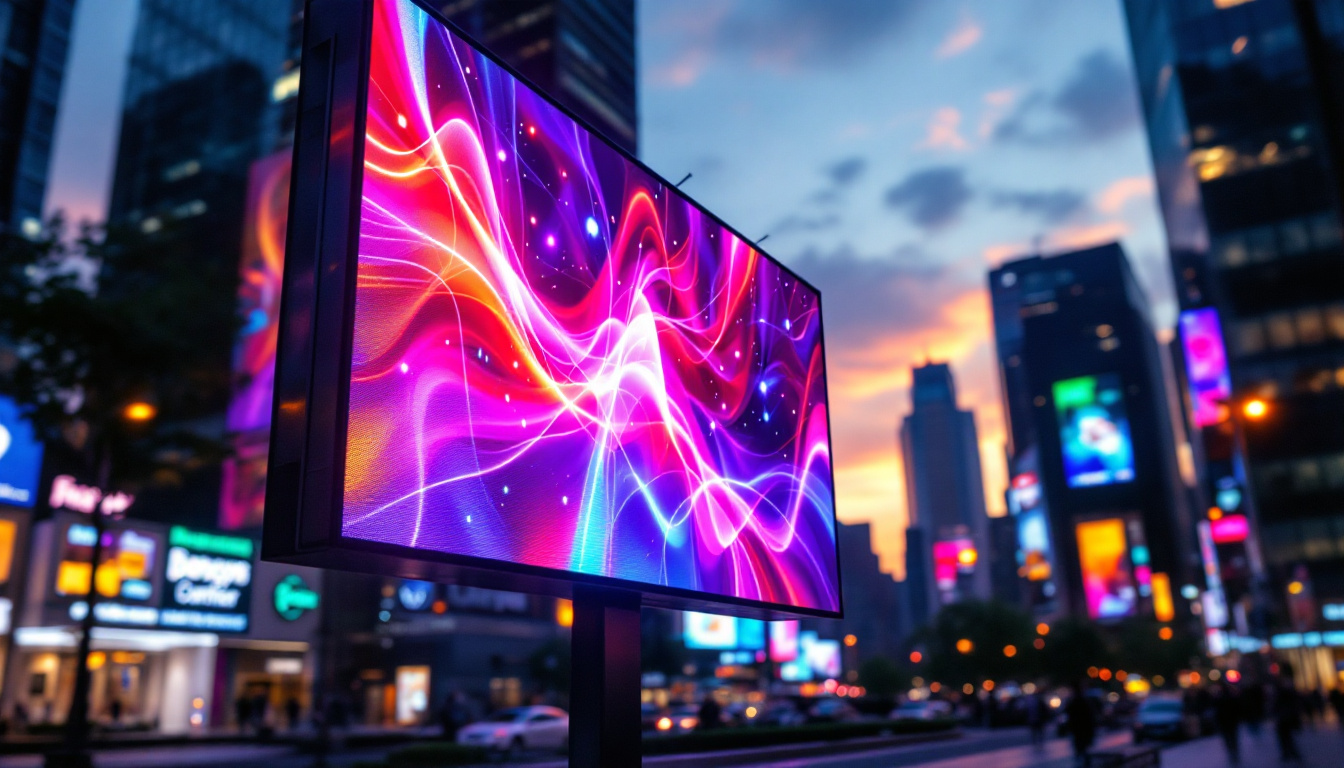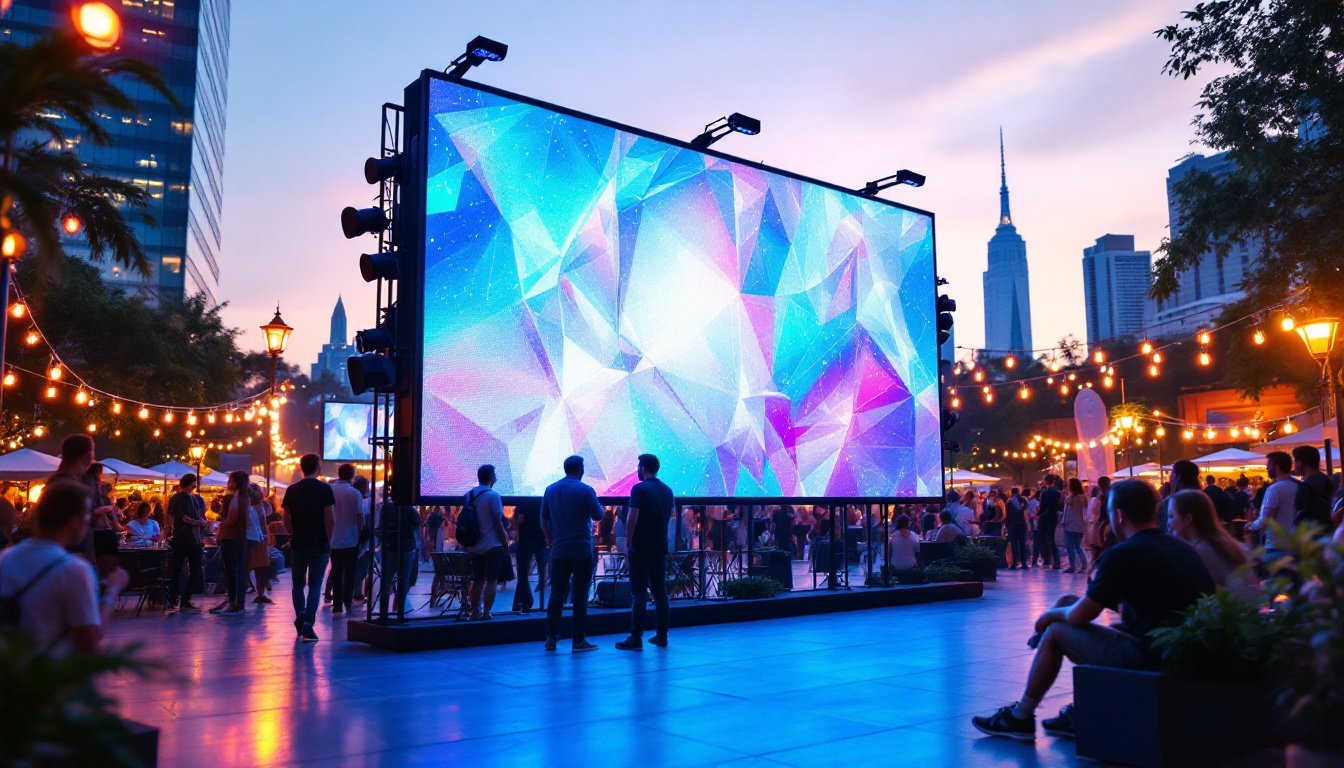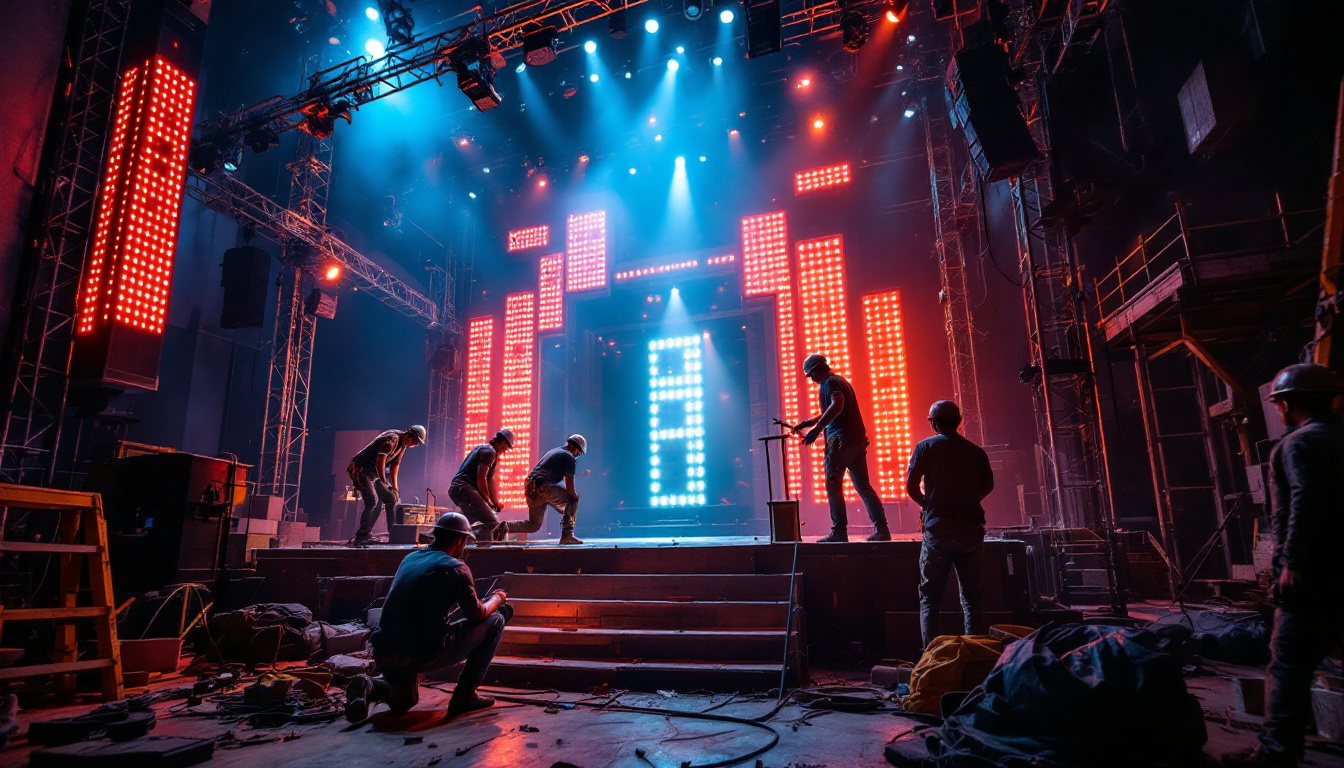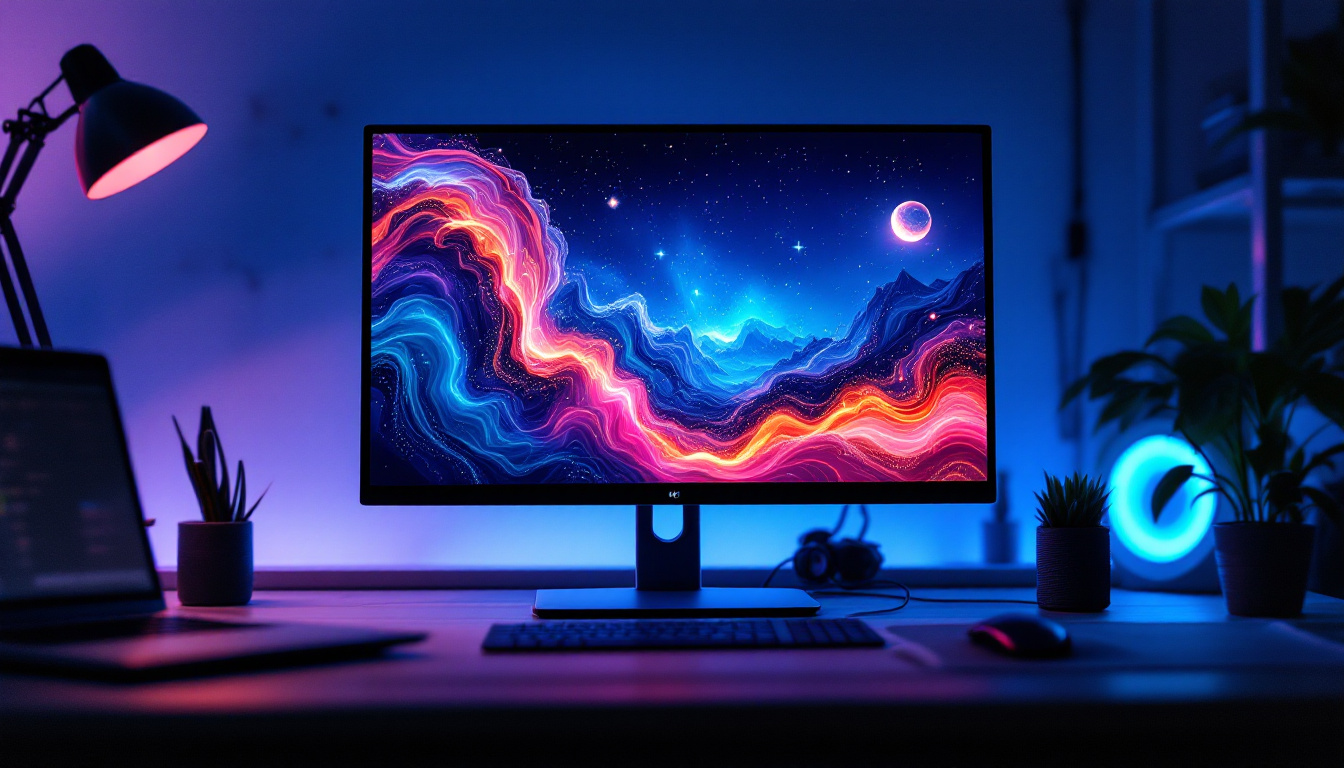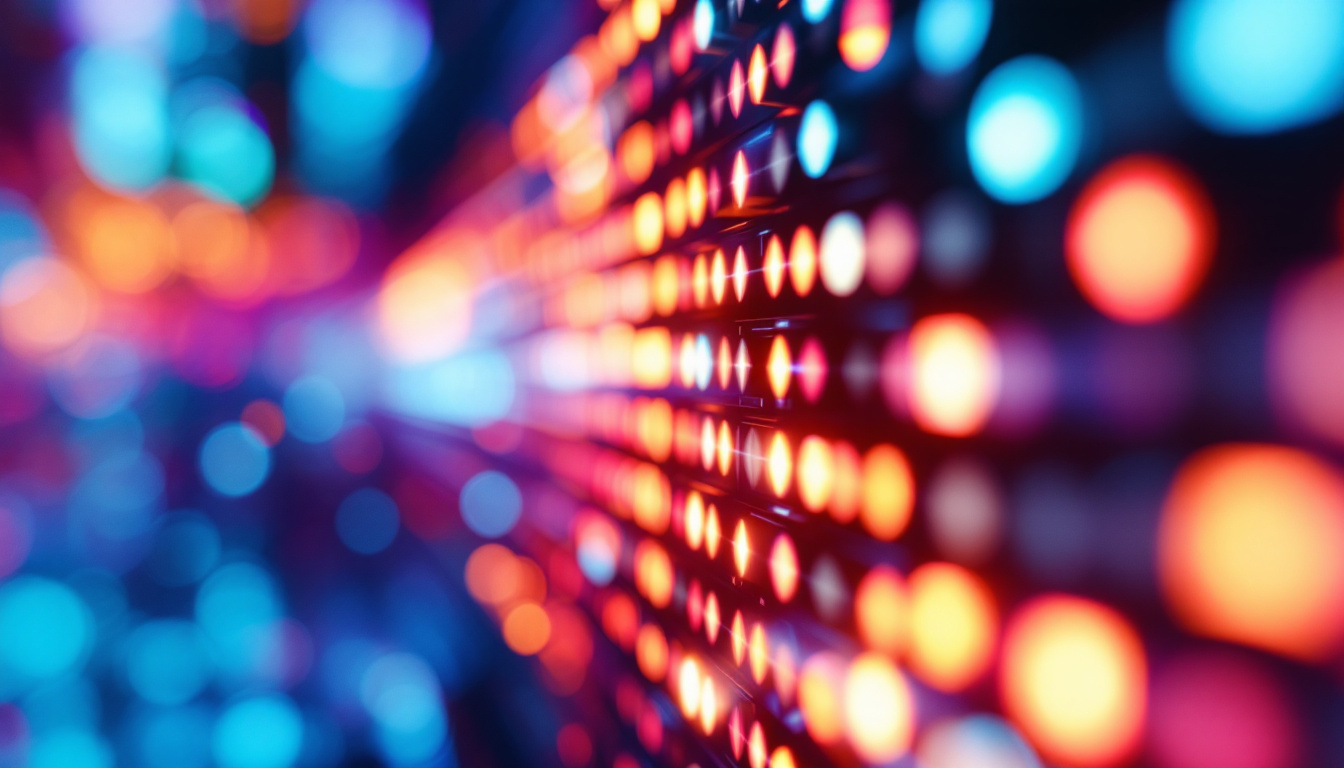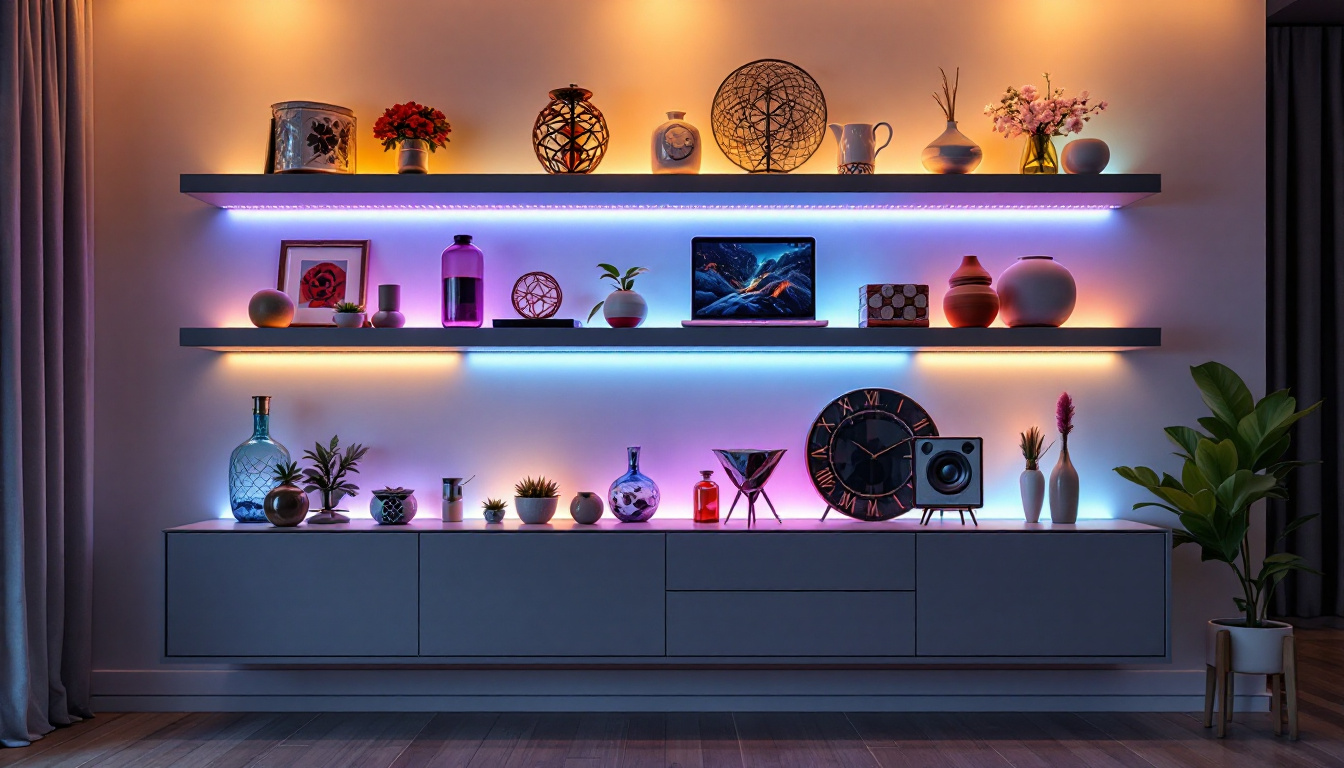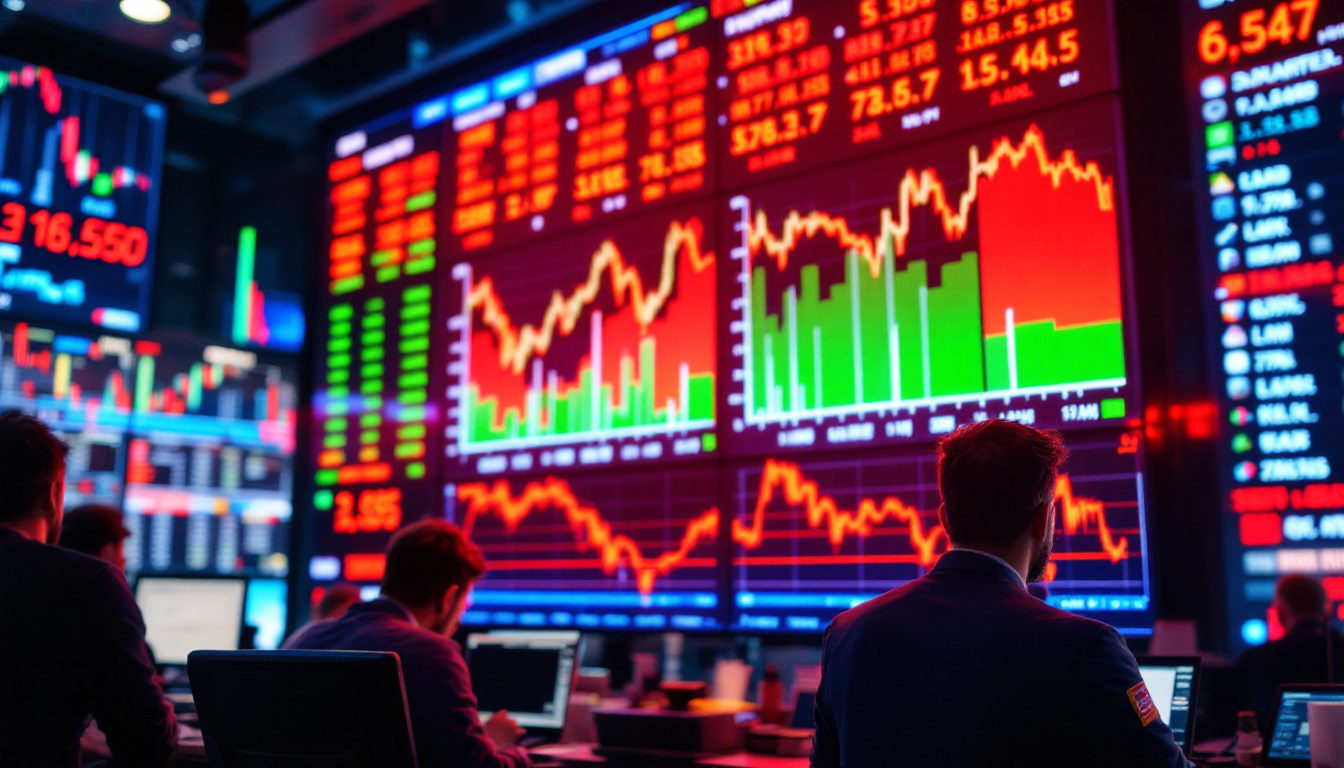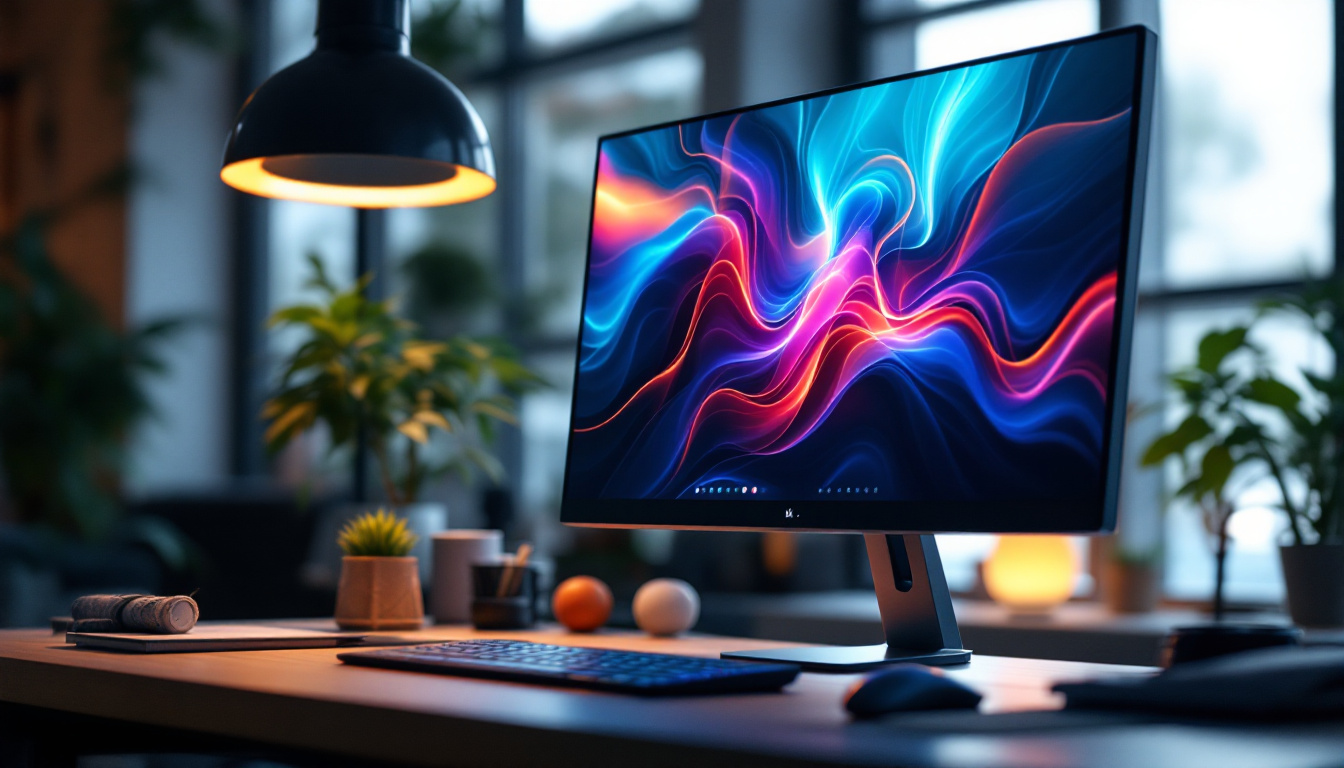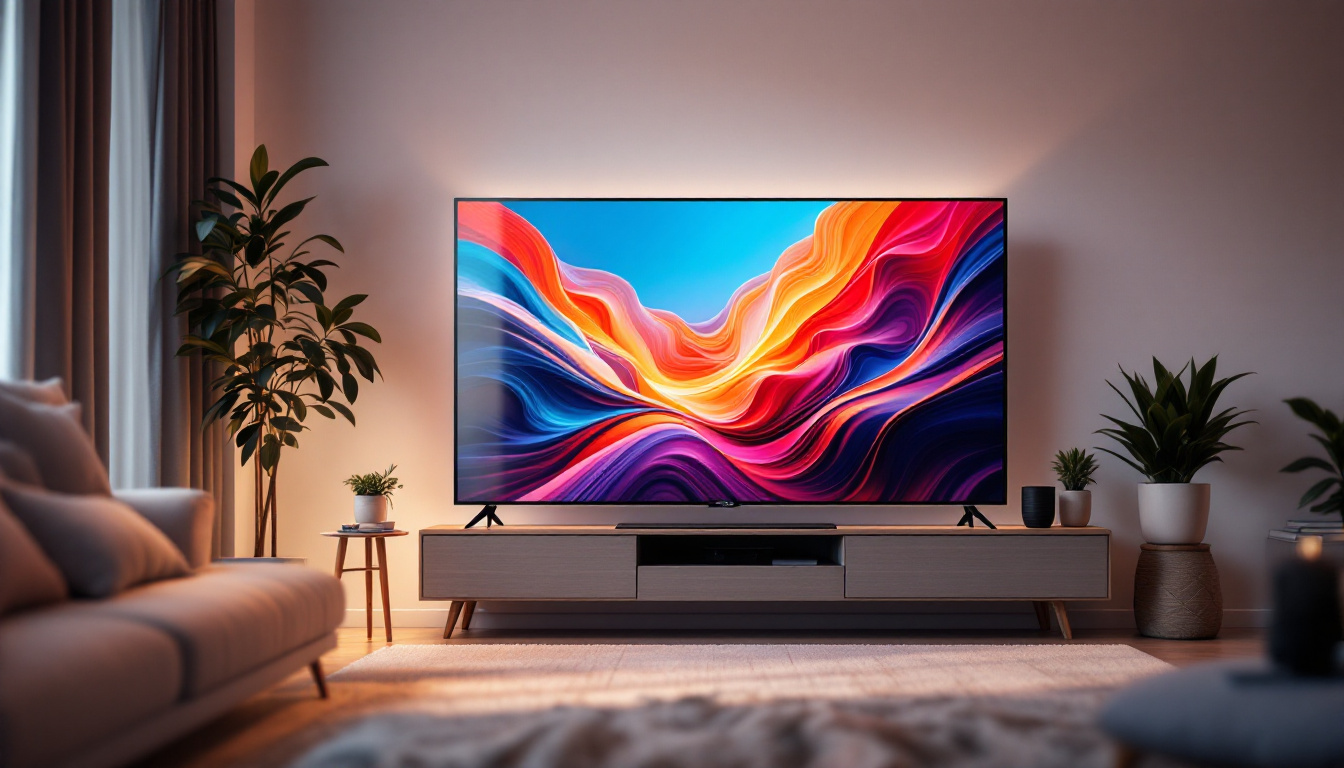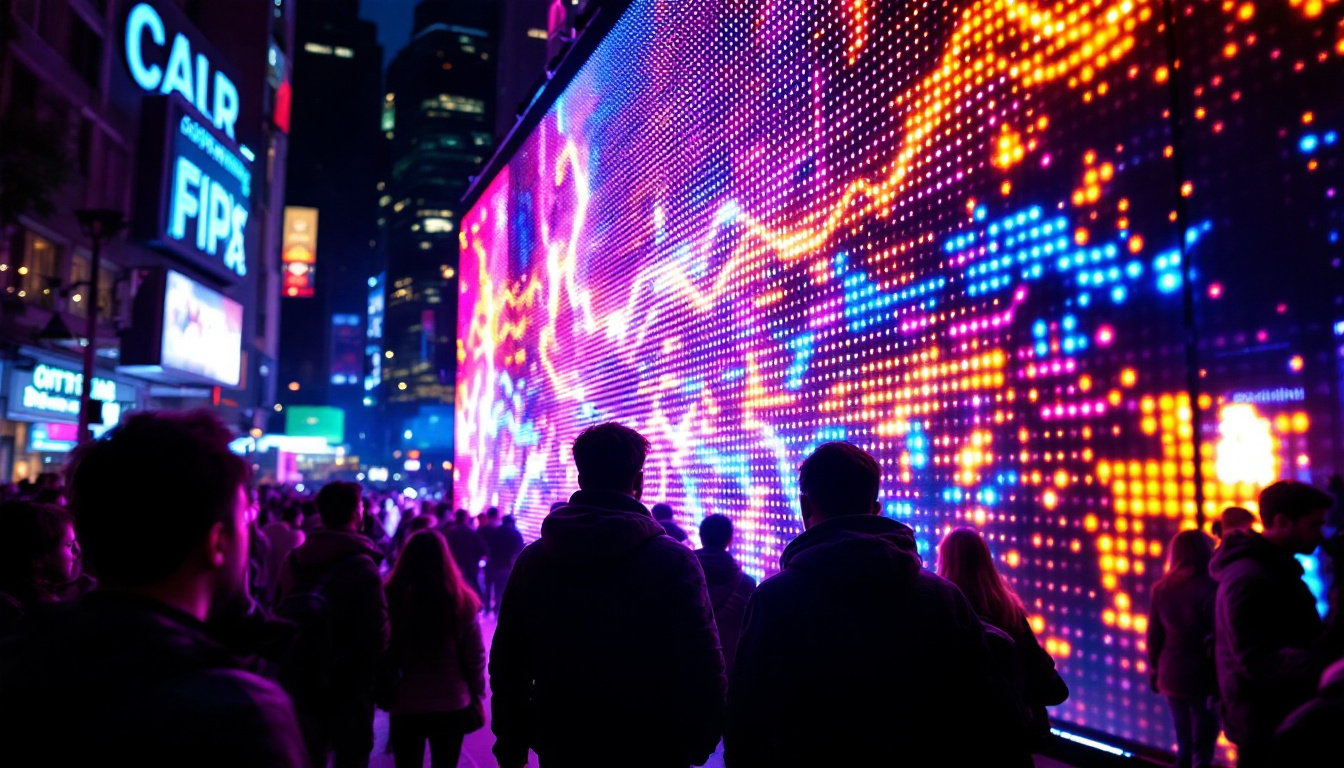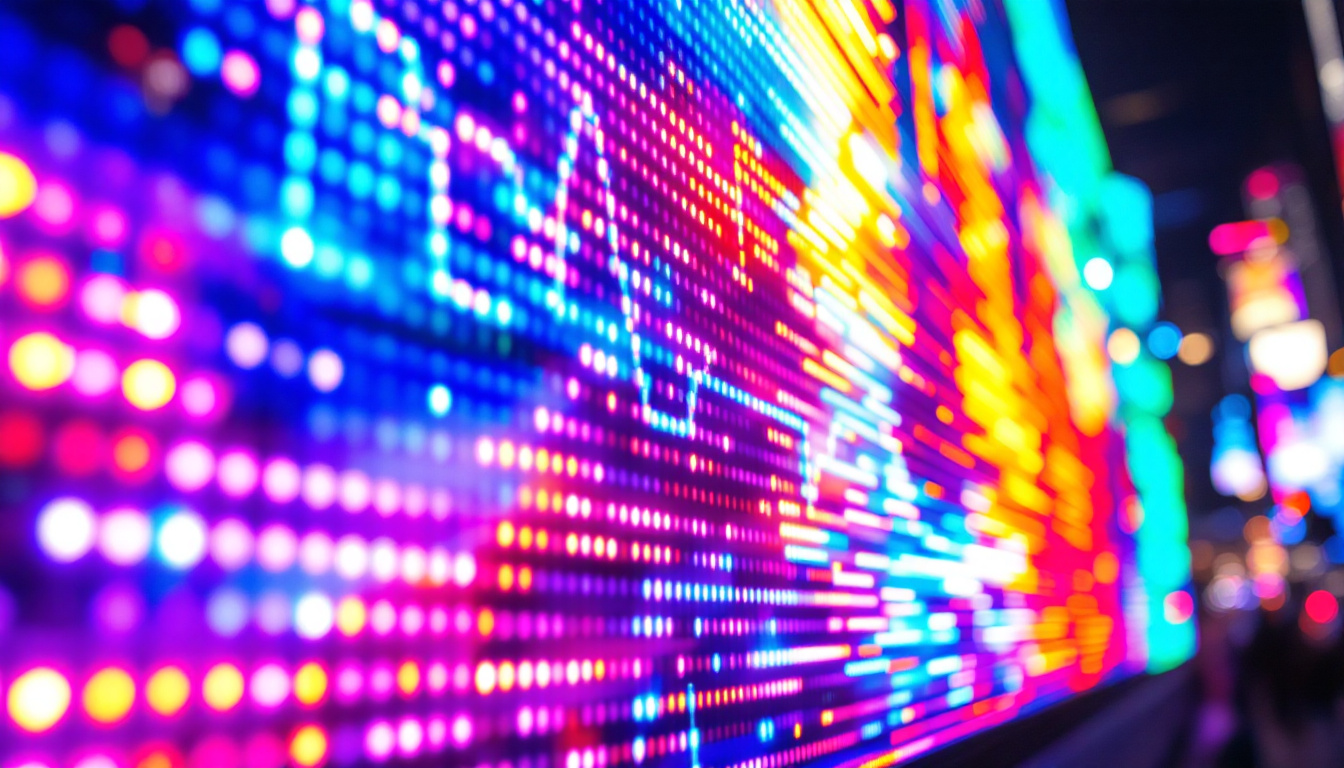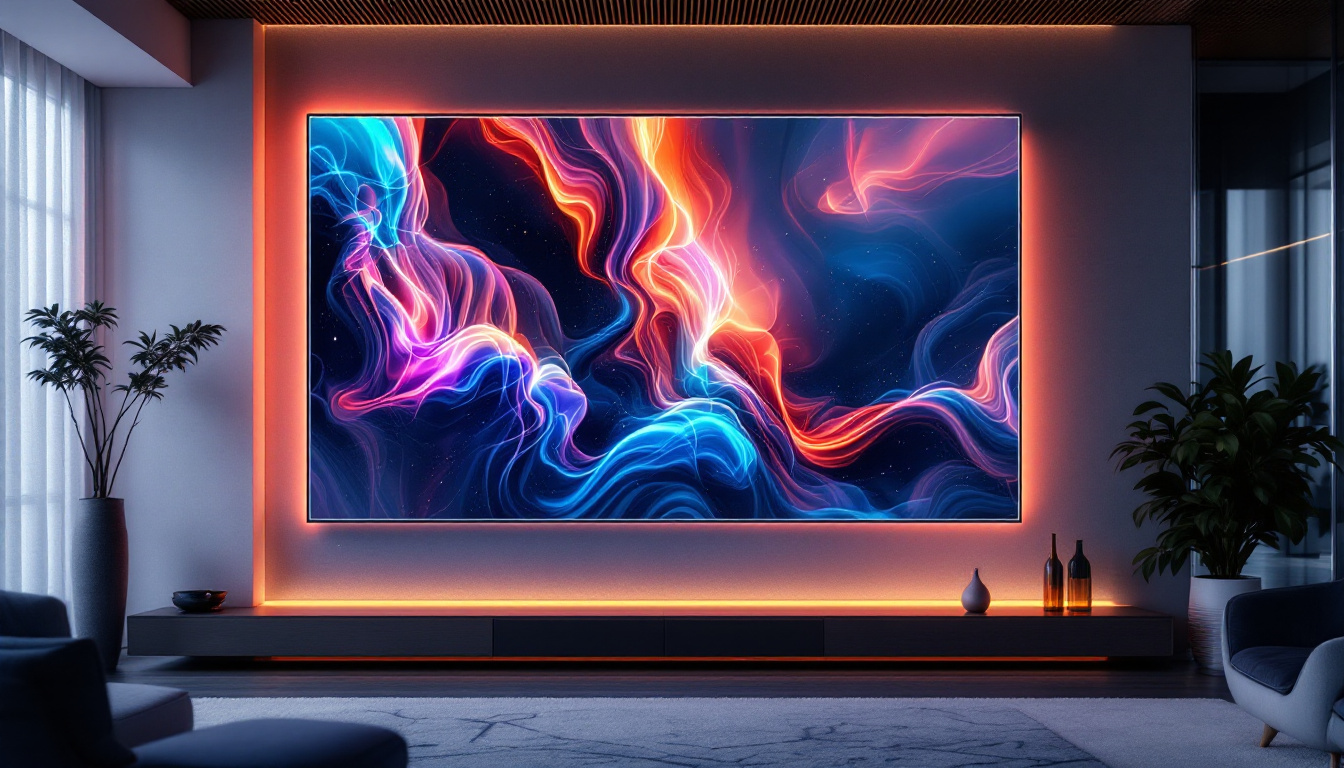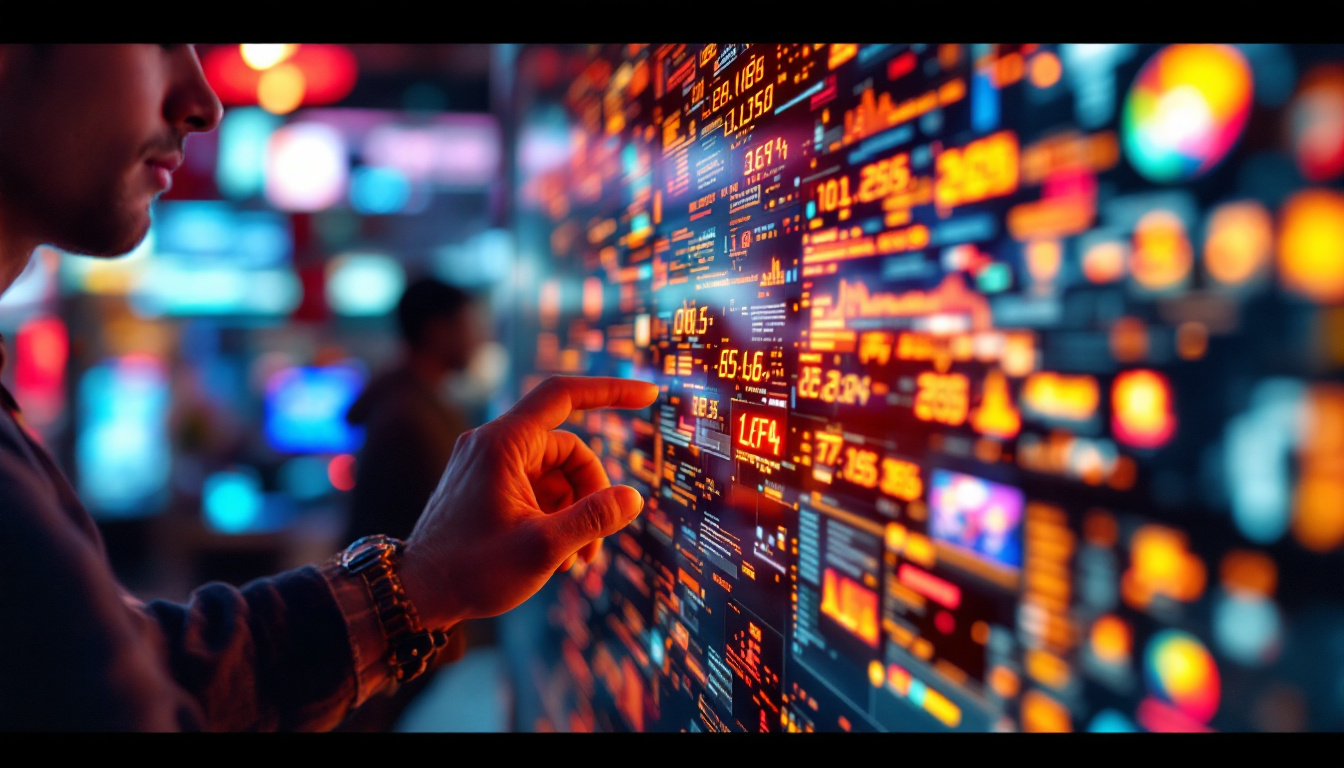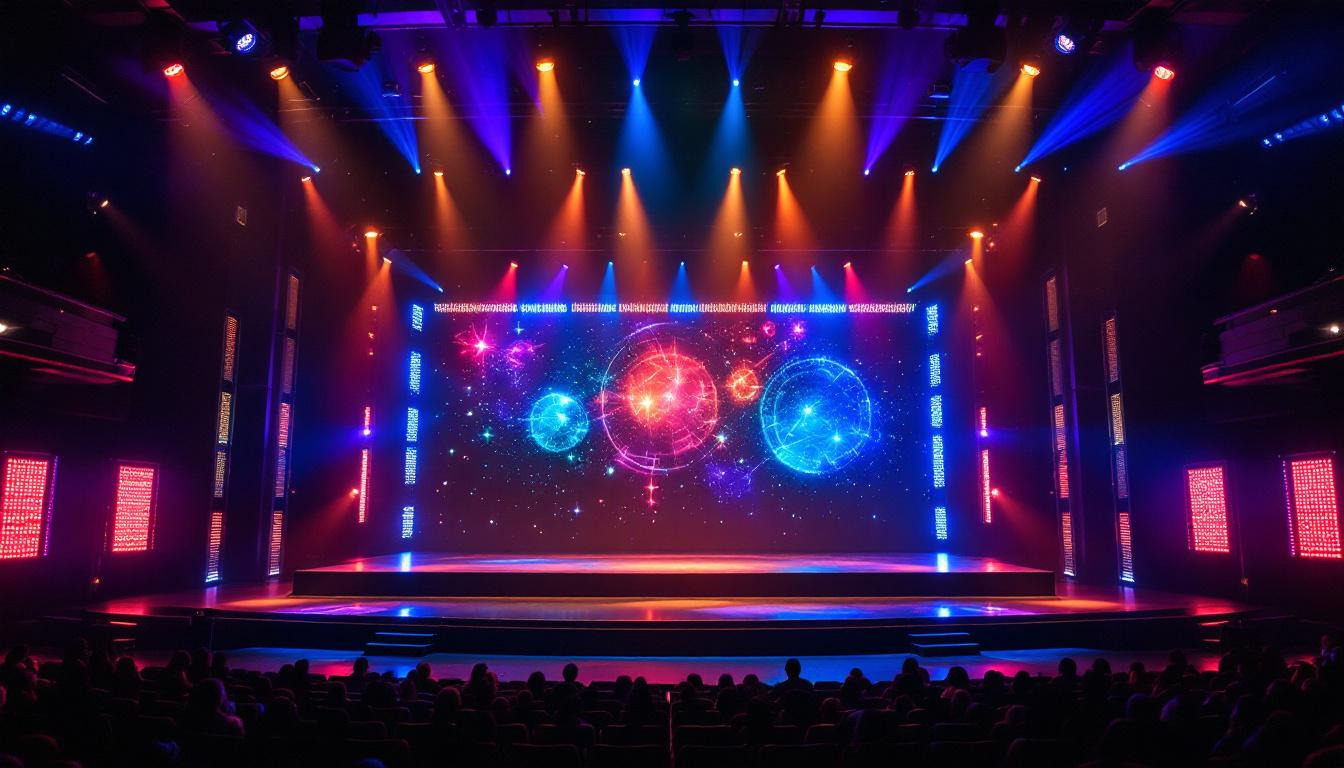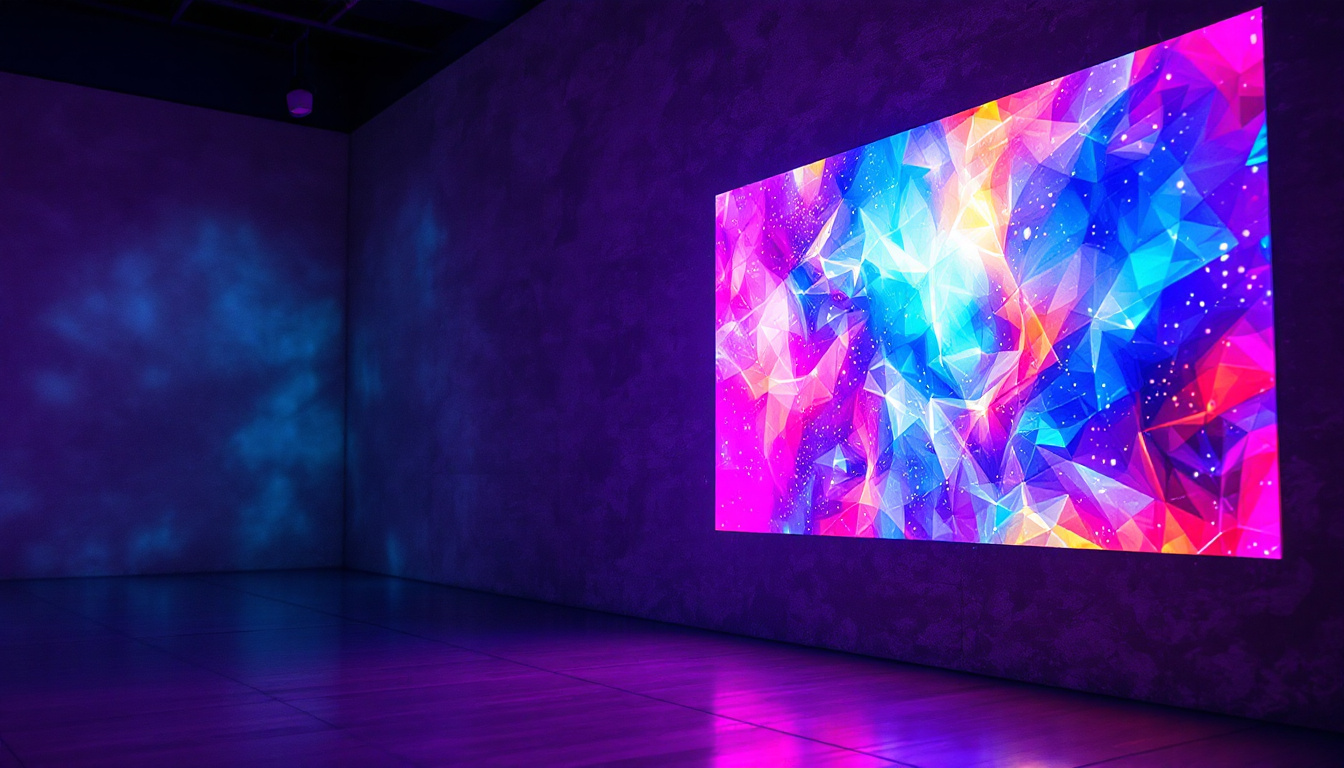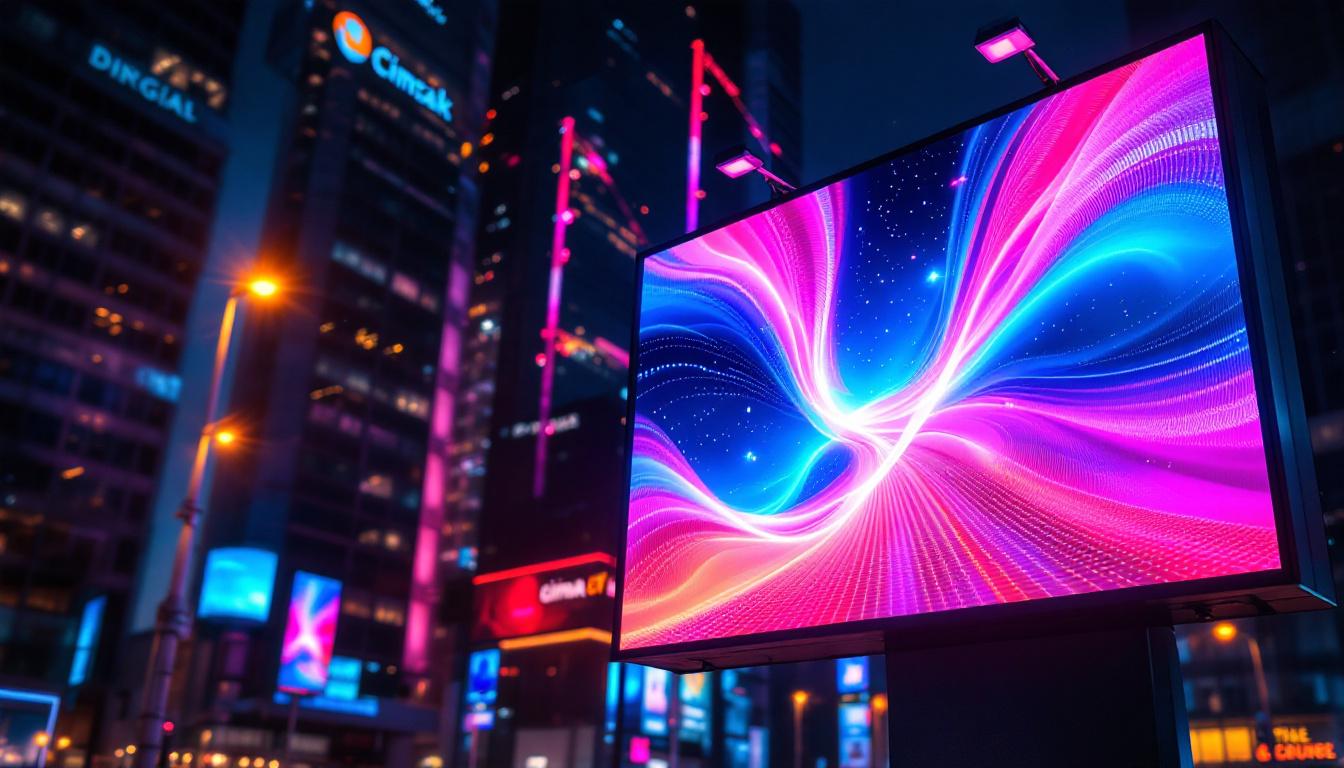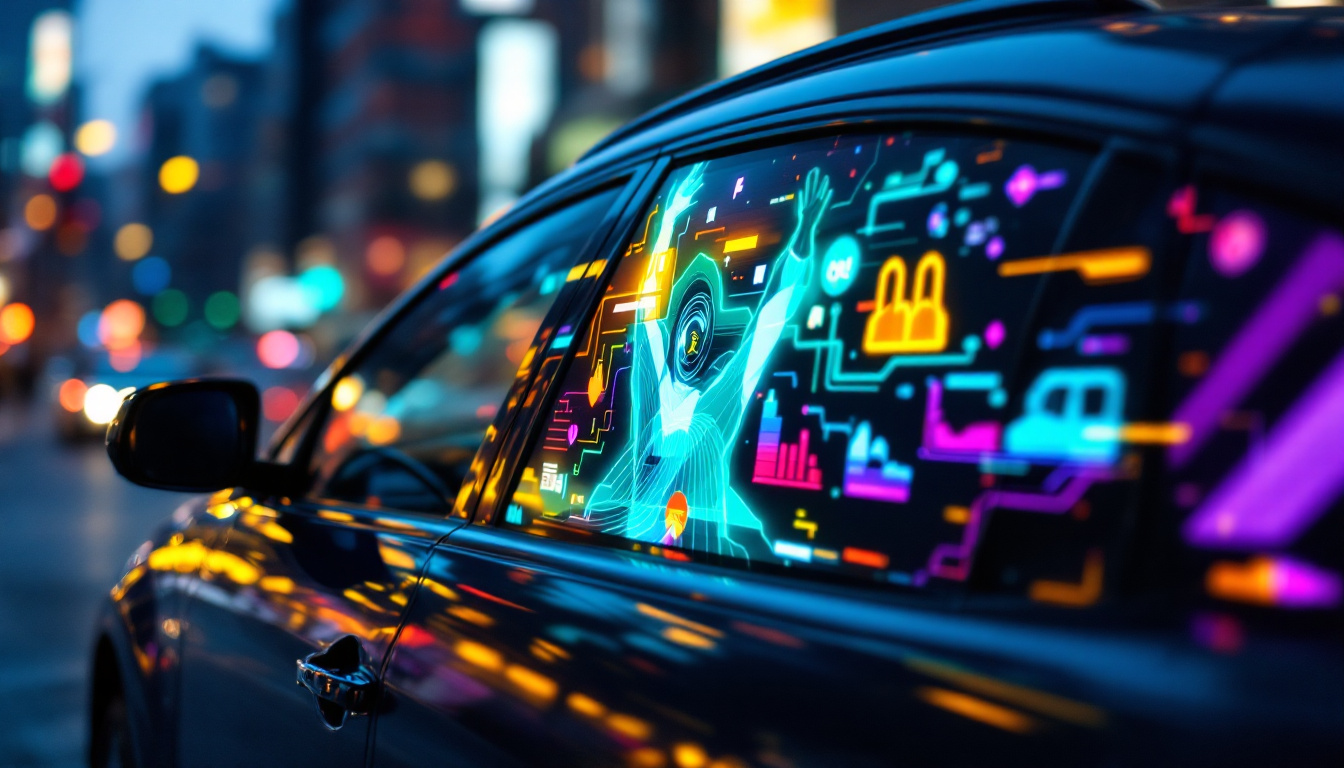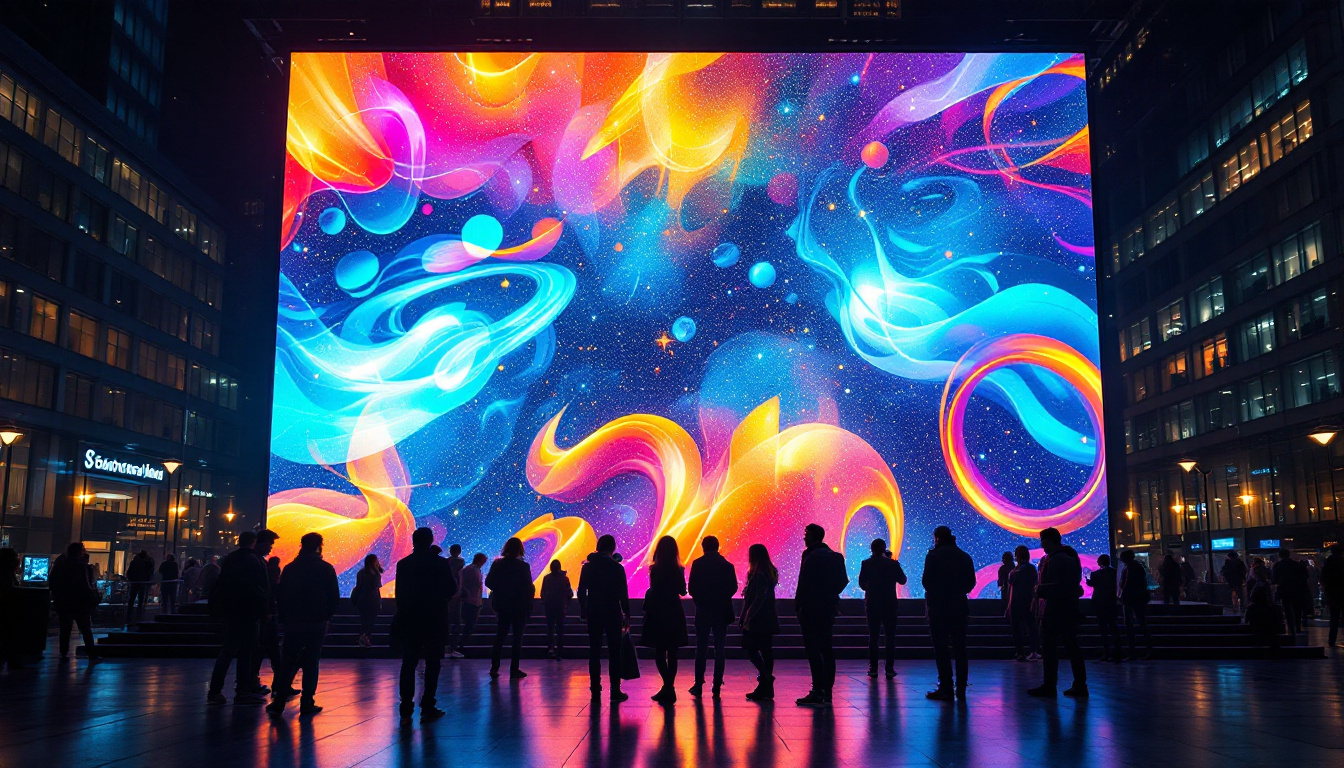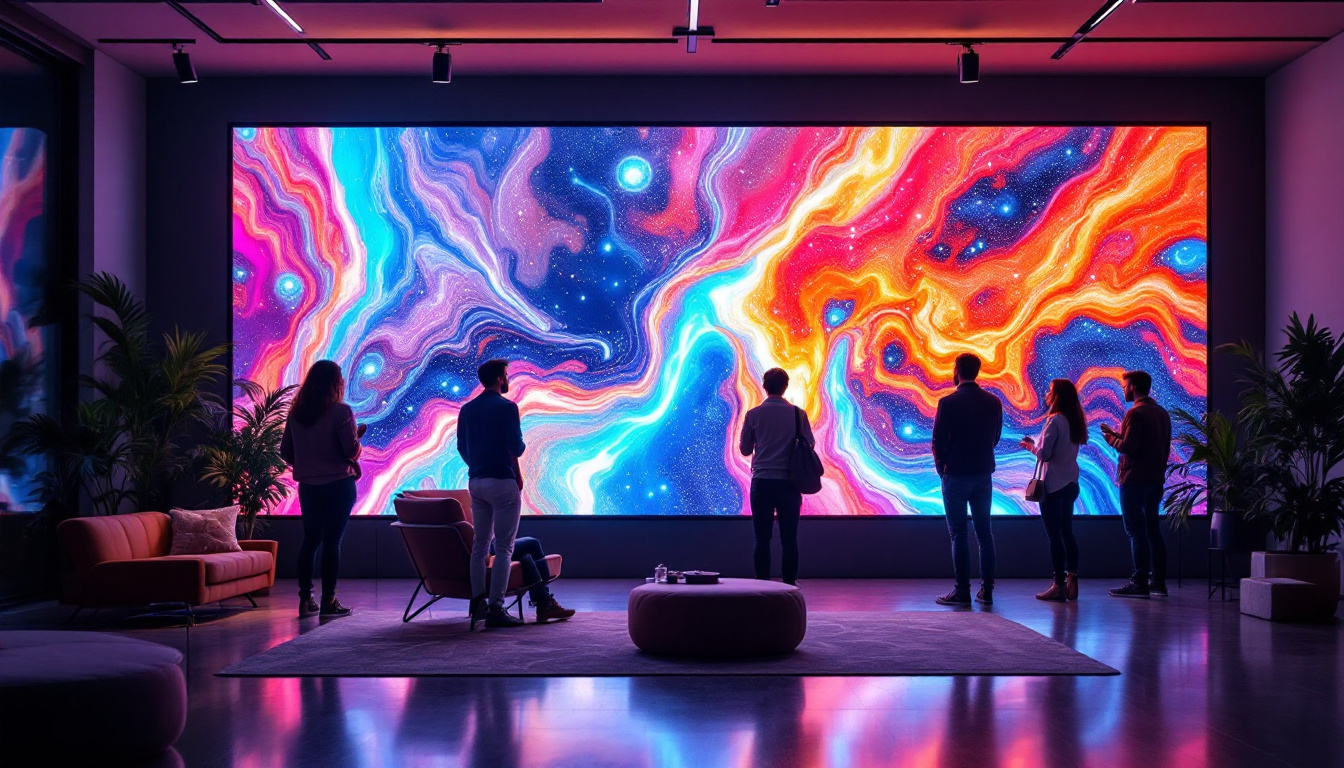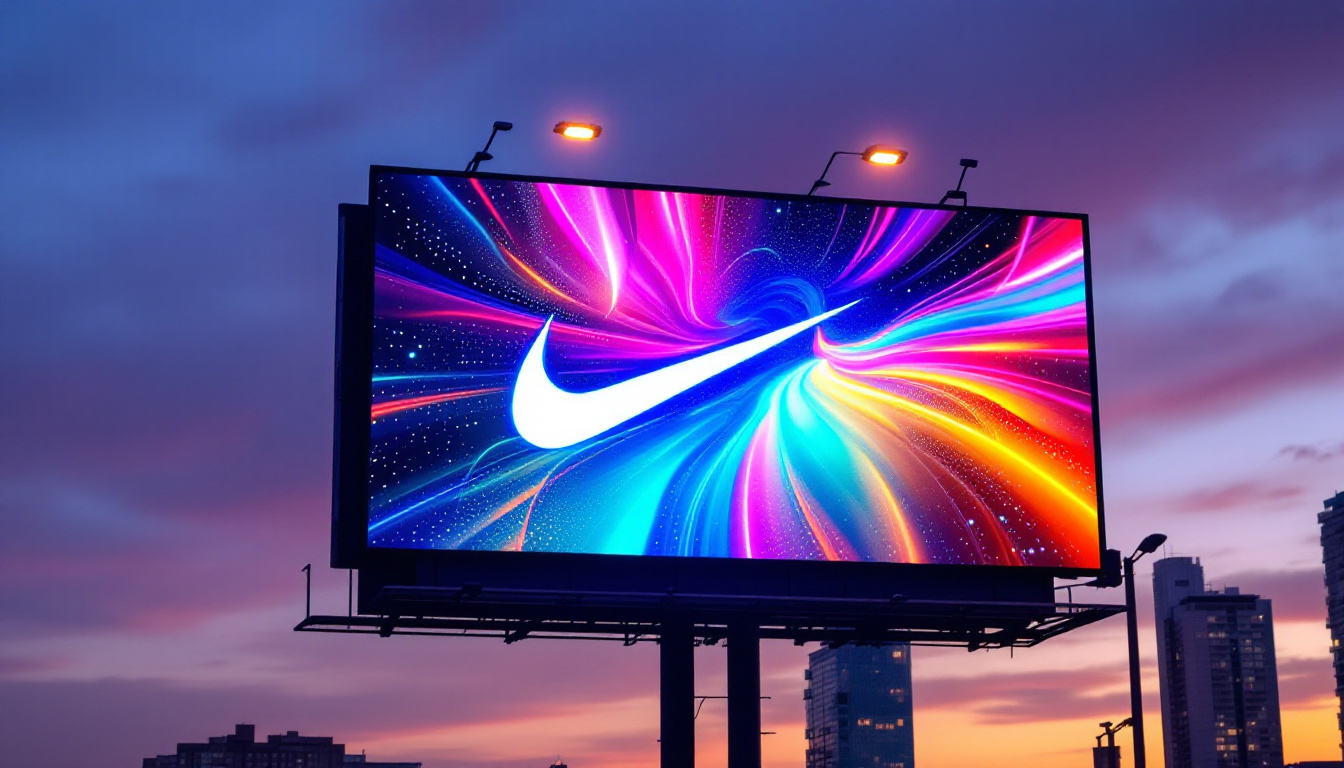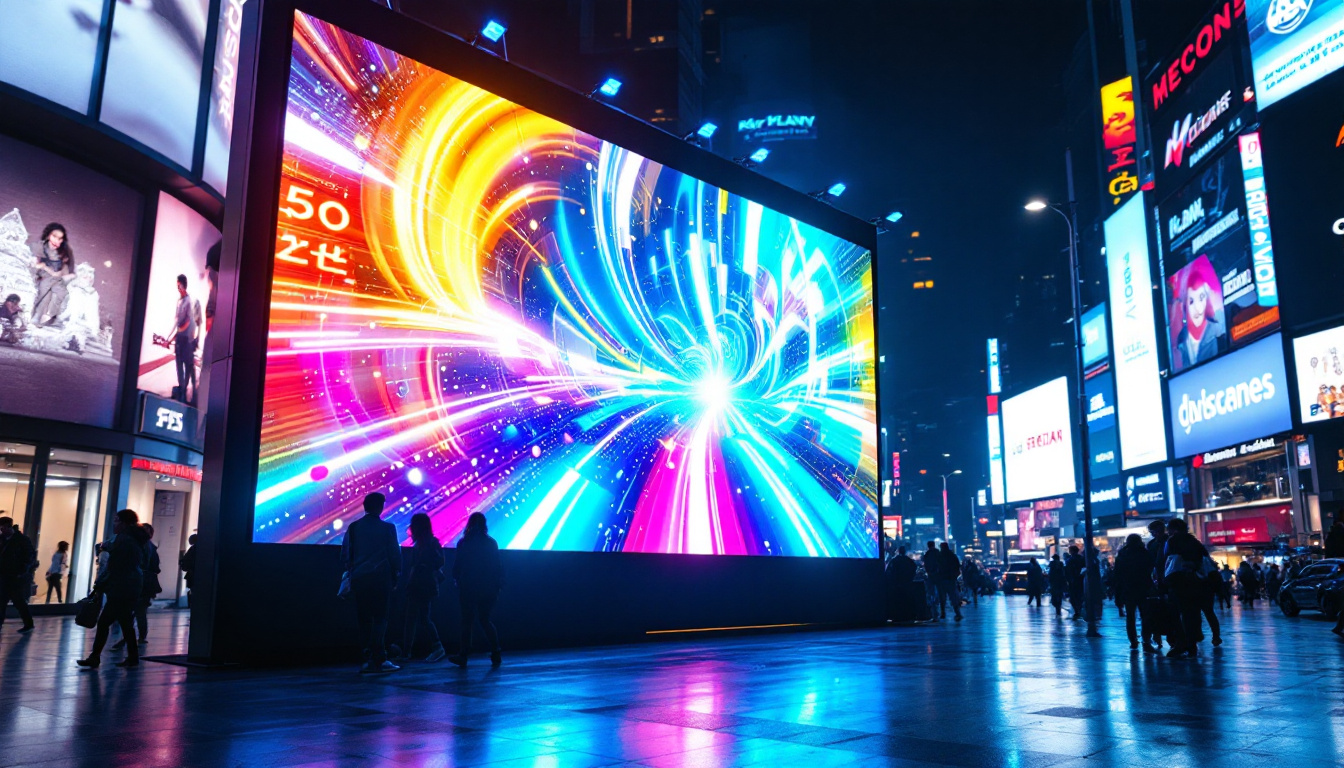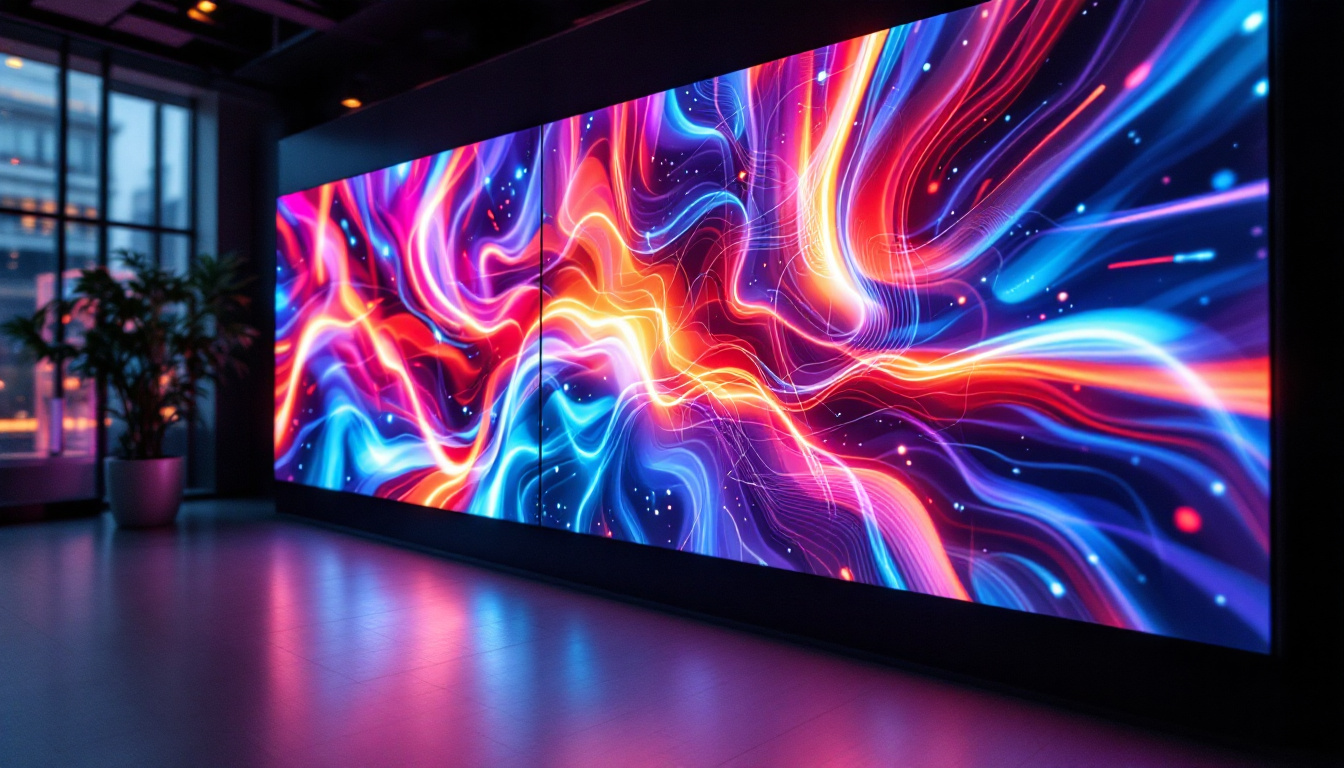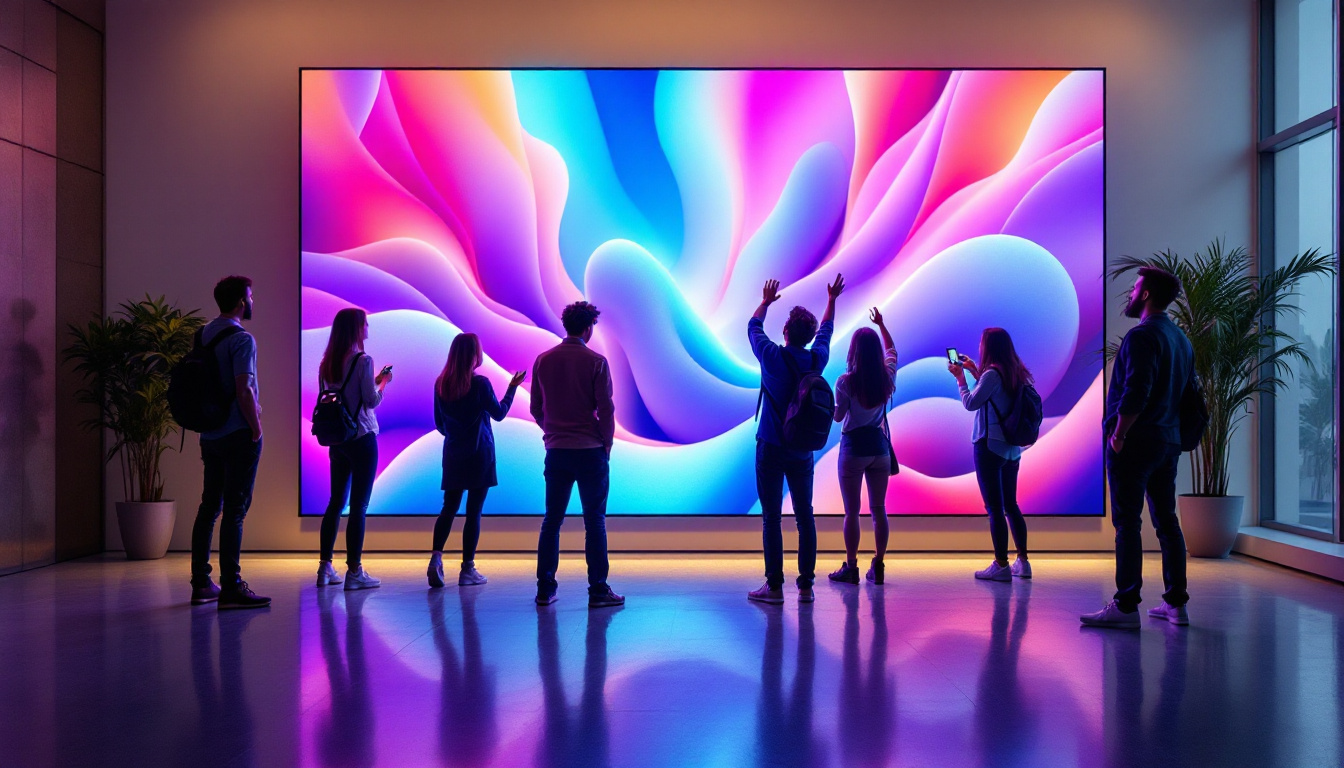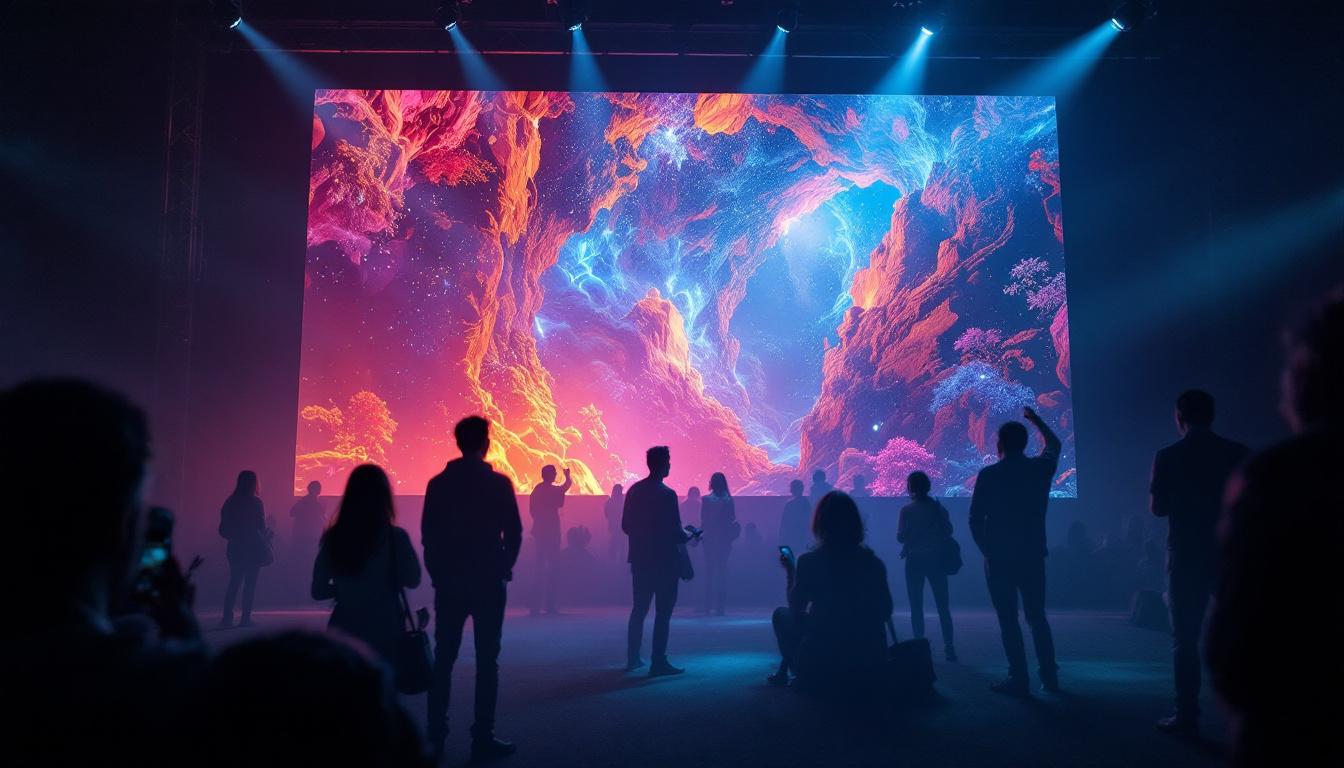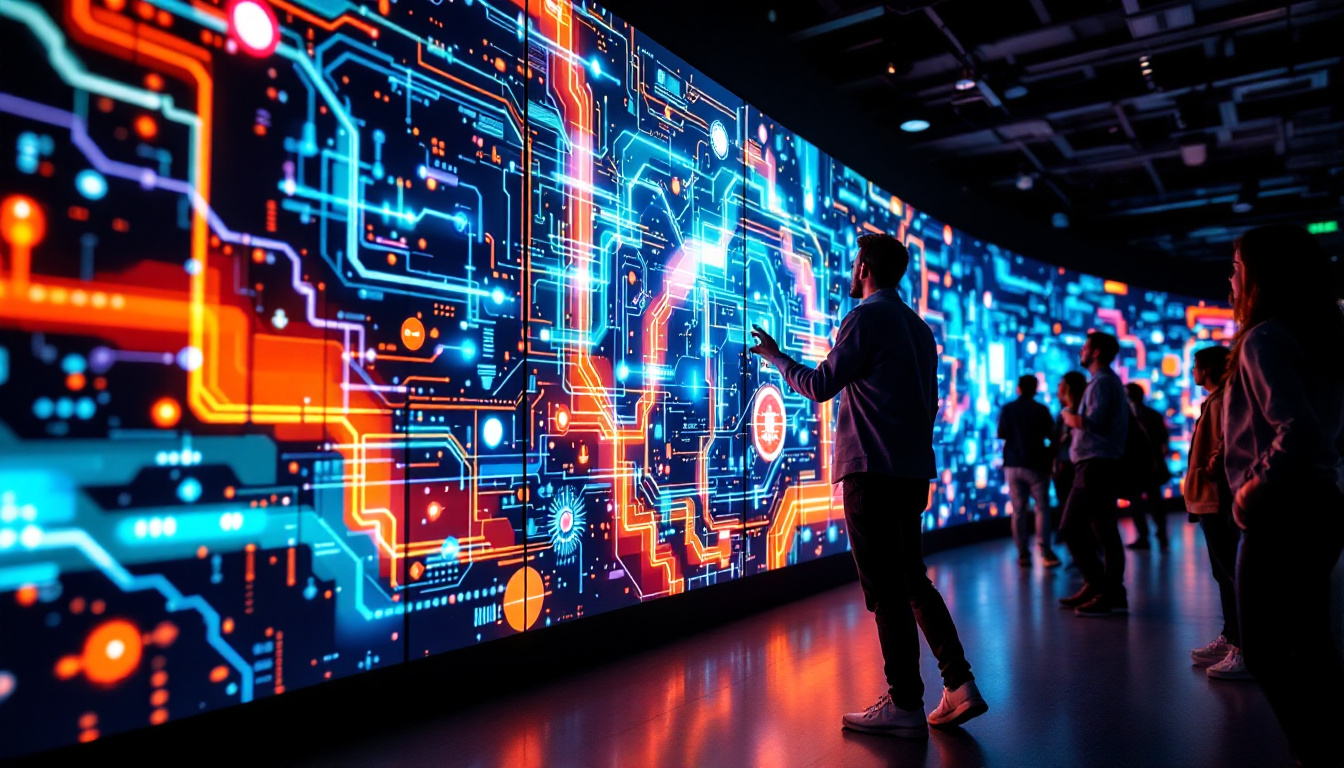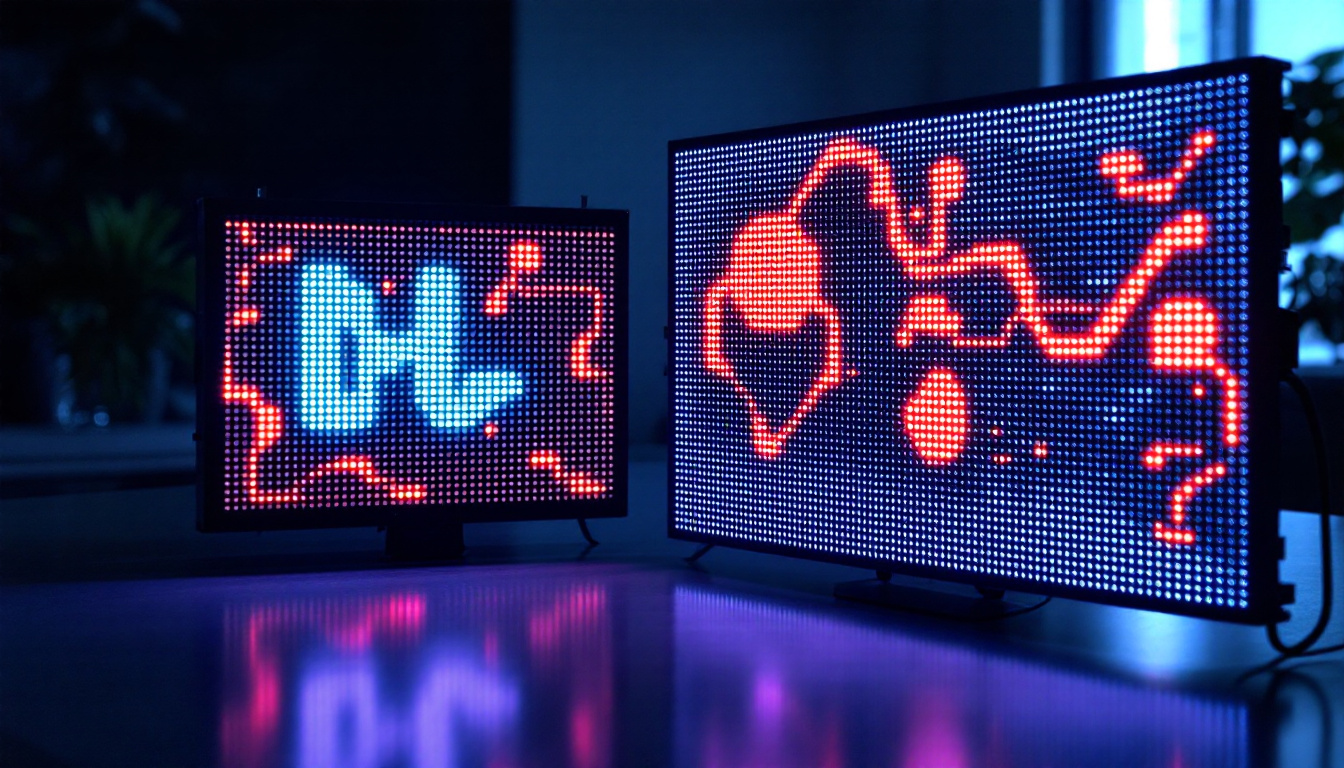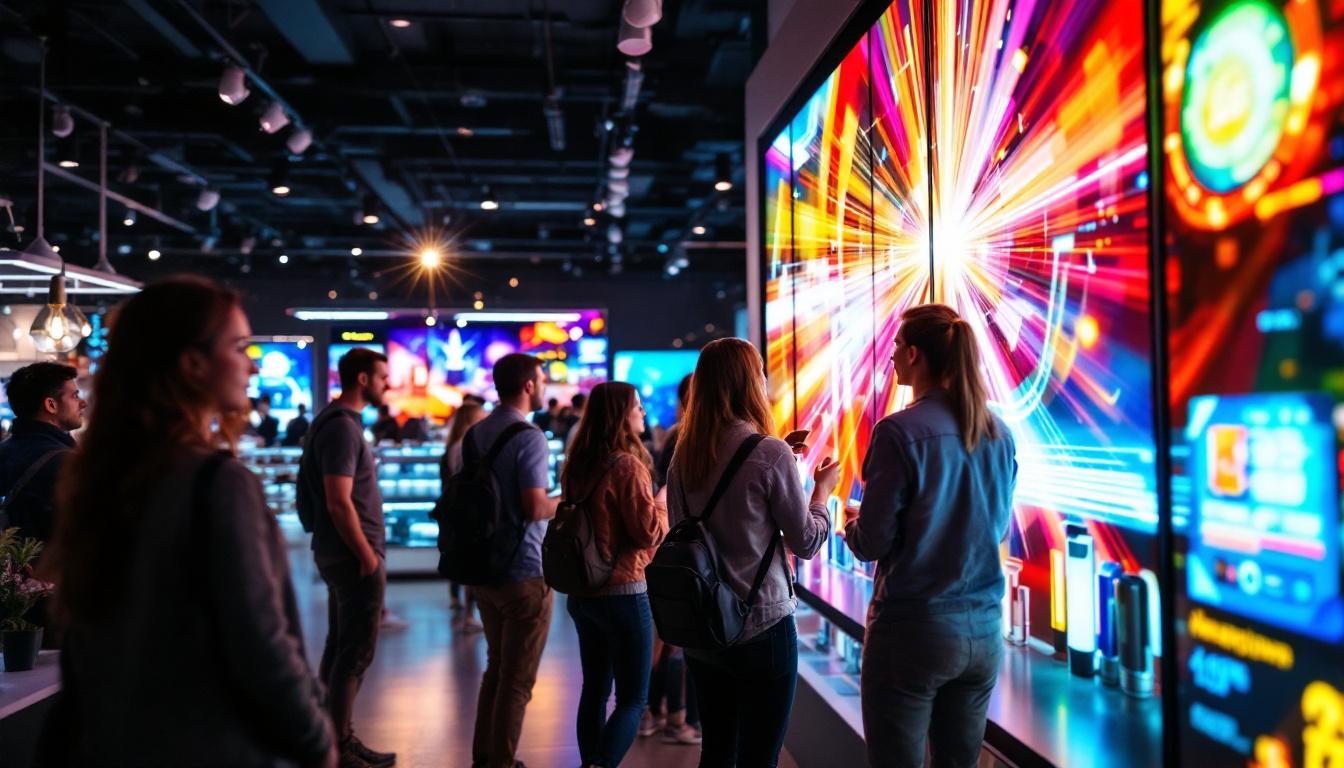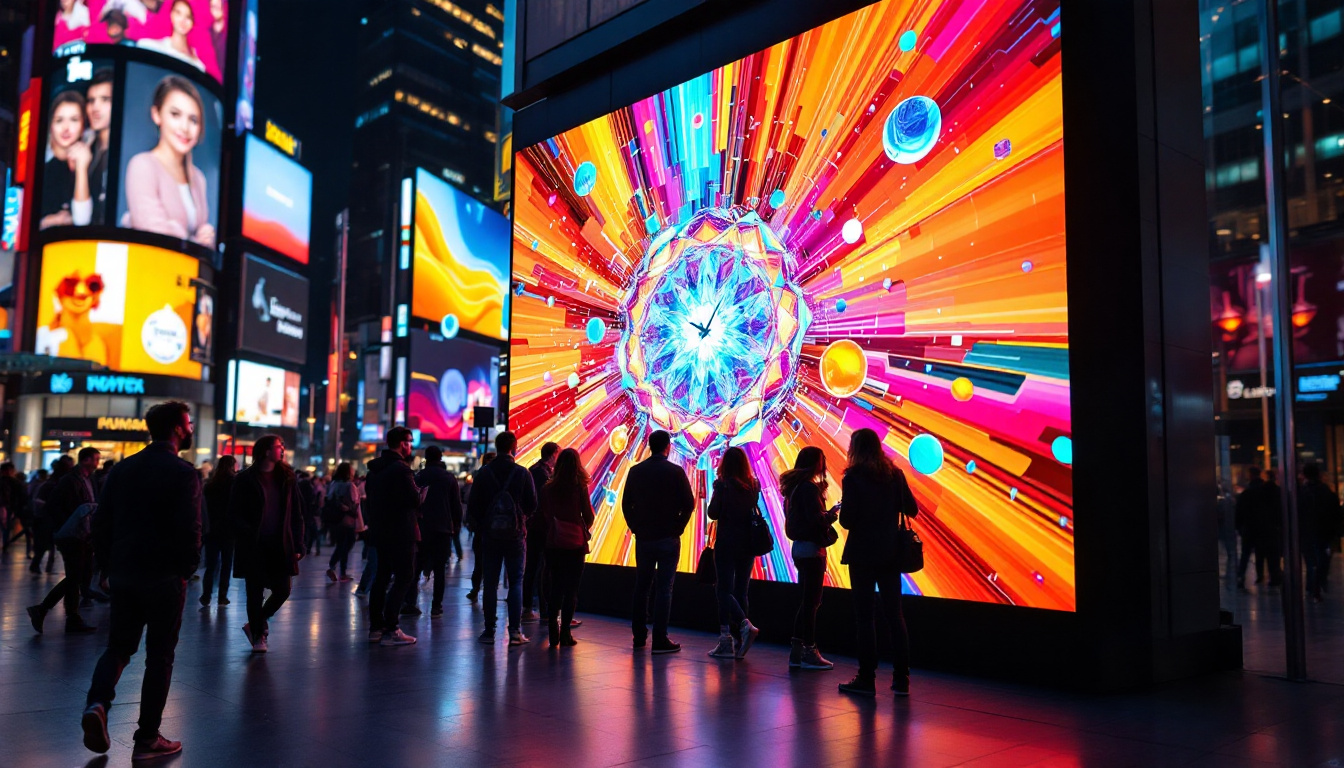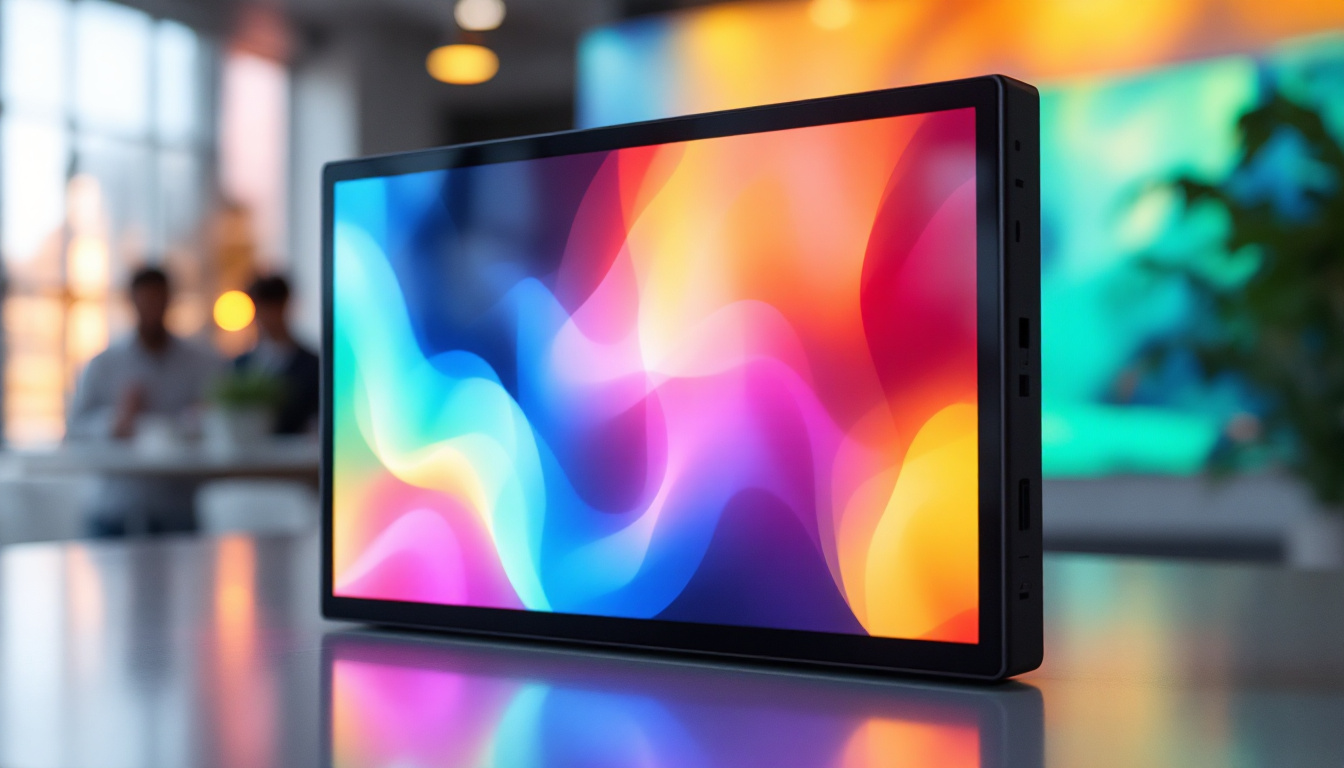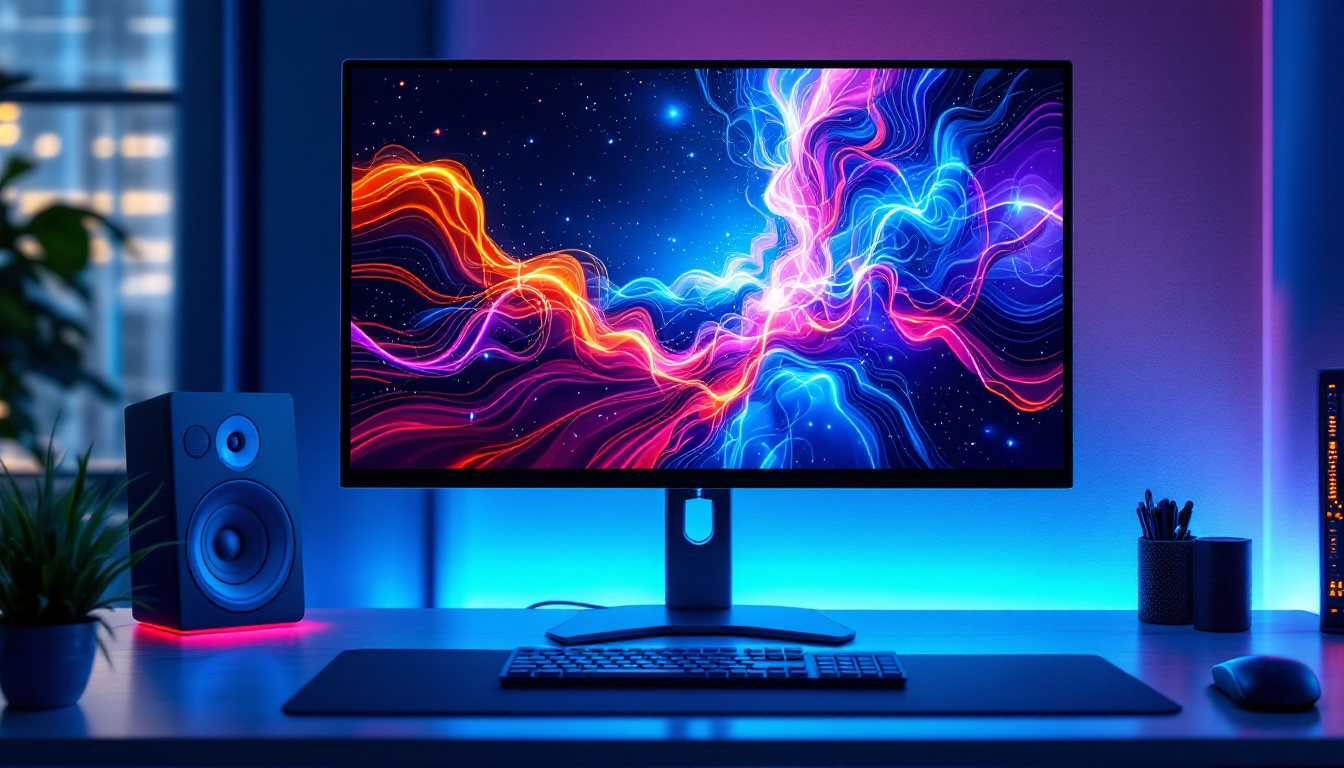In the world of modern technology, displays play a pivotal role in how information is conveyed and experienced. Among various types of display technologies, LED (Light Emitting Diode) displays have emerged as a popular choice for both consumers and businesses alike. This article delves into the intricacies of LED displays, exploring their functionality, advantages, and applications.
Understanding LED Technology
LED technology is based on the principle of electroluminescence, where a semiconductor emits light when an electric current passes through it. This phenomenon is the foundation of LED displays, which utilize numerous tiny LEDs to create images and videos. The compact size of LEDs allows for high-resolution displays that can be used in a variety of settings, from televisions to large outdoor billboards. The energy efficiency of LEDs also plays a crucial role in their popularity, as they consume significantly less power compared to traditional incandescent bulbs, making them an environmentally friendly option.
How LED Displays Work
At the core of an LED display are individual pixels, each made up of red, green, and blue (RGB) LEDs. By varying the intensity of these three colors, a wide spectrum of colors can be produced. When combined, these pixels form a complete image. The arrangement of these pixels can differ, leading to various types of LED displays, such as full-color displays and monochrome displays. The precision in controlling each pixel’s brightness allows for stunning visual effects, such as smooth gradients and dynamic color transitions that enhance the viewing experience.
LED displays can be categorized into two main types: direct view and backlit. Direct view LED displays consist of LEDs that are placed directly on the screen’s surface, providing bright and vivid images. Backlit LED displays, on the other hand, use LEDs as a light source behind an LCD panel, enhancing the brightness and contrast of the images displayed. The choice between these two types often depends on the application; for instance, direct view displays are favored in outdoor settings due to their superior visibility in bright sunlight, while backlit displays are commonly used in indoor environments where color accuracy and detail are paramount.
The Evolution of LED Displays
The journey of LED technology began in the early 1960s with the invention of the first practical LED by Nick Holonyak. Initially, LEDs were limited to simple applications, like indicator lights. However, advancements in technology have transformed LEDs into powerful display tools. The introduction of RGB LEDs in the 1990s marked a significant milestone, enabling full-color displays that revolutionized advertising and entertainment. This shift not only enhanced the aesthetic appeal of advertisements but also allowed for more engaging and interactive experiences for viewers.
Today, LED displays are utilized in various sectors, including retail, sports, and entertainment, showcasing their versatility and adaptability. The ongoing research and development in this field continue to push the boundaries of what LED displays can achieve. Innovations such as flexible LED screens and transparent displays are emerging, paving the way for new applications in architecture and design. Moreover, advancements in smart technology have led to the integration of LED displays with IoT systems, allowing for real-time content updates and interactive features that can significantly enhance customer engagement in retail environments.
Advantages of LED Displays
LED displays offer numerous benefits that contribute to their widespread adoption. Their unique characteristics make them suitable for various applications, from personal devices to large-scale installations. Below are some of the key advantages of LED displays.
Energy Efficiency
One of the most significant advantages of LED displays is their energy efficiency. Compared to traditional lighting technologies, LEDs consume significantly less power, resulting in lower electricity bills. This energy efficiency not only benefits consumers but also contributes to environmental sustainability by reducing carbon footprints.
Moreover, the longevity of LED displays further enhances their energy efficiency. With a lifespan that can exceed 50,000 hours, LED displays require less frequent replacements, leading to reduced waste and lower overall maintenance costs.
Brightness and Visibility
LED displays are known for their exceptional brightness, making them ideal for both indoor and outdoor applications. The ability to produce high levels of luminance ensures that images remain clear and vibrant, even in direct sunlight. This characteristic is particularly beneficial for outdoor advertising and public displays, where visibility is crucial.
Furthermore, LED displays maintain their brightness over time, ensuring consistent performance throughout their lifespan. This reliability is essential for businesses that rely on displays for communication and branding.
Versatility and Flexibility
LED displays come in various shapes and sizes, allowing for a wide range of applications. From small screens for personal devices to massive video walls for concerts and events, the versatility of LED technology is unparalleled. Additionally, LED displays can be curved or shaped to fit specific design requirements, providing creative freedom for architects and designers.
In recent years, innovations such as flexible LED displays have emerged, enabling even more diverse applications. These displays can be bent or shaped to fit unconventional spaces, further expanding their potential uses.
Applications of LED Displays
The versatility of LED displays has led to their widespread use across various industries. From entertainment to transportation, LED technology has transformed how information is presented and consumed. Below are some notable applications of LED displays.
Advertising and Marketing
One of the most prominent uses of LED displays is in advertising and marketing. Dynamic and eye-catching, LED billboards and signage capture the attention of passersby, making them an effective tool for businesses looking to promote their products and services. The ability to change content easily allows advertisers to tailor their messages based on time, location, and audience.
In addition to traditional billboards, LED displays are also used in retail environments to enhance customer experiences. Digital signage within stores can showcase promotions, highlight new arrivals, or provide information, creating an engaging shopping atmosphere.
Entertainment and Events
LED displays have become a staple in the entertainment industry, particularly in concerts, festivals, and sporting events. Large video walls and screens enhance the audience’s experience, providing visuals that complement performances and broadcasts. The ability to display high-definition content in real-time allows for immersive experiences that captivate audiences.
Moreover, LED technology is utilized in stage designs, where flexible and modular displays can be arranged to create stunning visual effects. This adaptability has revolutionized how events are staged, allowing for greater creativity and innovation.
Transportation and Public Information
In the transportation sector, LED displays are used for various purposes, including traffic management, public transit information, and wayfinding. Digital road signs equipped with LED technology provide real-time updates on traffic conditions, accidents, and road closures, helping drivers make informed decisions.
Public transportation systems also benefit from LED displays, which provide passengers with timely information about arrivals, departures, and delays. This enhances the overall efficiency of public transit and improves the passenger experience.
Challenges and Considerations
While LED displays offer numerous advantages, there are also challenges and considerations that must be addressed. Understanding these factors is essential for making informed decisions regarding the use of LED technology.
Initial Costs
One of the primary challenges associated with LED displays is the initial investment required. Although the long-term savings from energy efficiency and maintenance can offset these costs, the upfront expenditure can be a barrier for some businesses and organizations. It is crucial to evaluate the potential return on investment when considering LED displays for specific applications.
Additionally, the cost of installation and integration with existing systems can add to the overall expense. Businesses must carefully assess their needs and budget to determine the feasibility of adopting LED technology.
Environmental Impact
While LED displays are generally more environmentally friendly than traditional displays, there are still concerns regarding their environmental impact. The production and disposal of electronic components can contribute to electronic waste, which poses a significant challenge for sustainability.
To mitigate these concerns, manufacturers are increasingly focusing on eco-friendly practices, such as using recyclable materials and implementing take-back programs for old displays. Consumers and businesses should also consider the lifecycle of LED displays when making purchasing decisions.
The Future of LED Displays
The future of LED displays looks promising, with ongoing advancements in technology and design. Innovations such as microLED and OLED (Organic Light Emitting Diode) technologies are pushing the boundaries of display capabilities, offering even higher resolutions and improved color accuracy.
MicroLED Technology
MicroLED technology represents a significant leap forward in display technology. By utilizing microscopic LEDs, microLED displays can achieve exceptional brightness, contrast, and color accuracy. This technology has the potential to revolutionize everything from televisions to wearable devices, providing users with unparalleled visual experiences.
Additionally, microLED displays are modular, allowing for customizable sizes and shapes. This adaptability opens up new possibilities for creative applications in both consumer and commercial markets.
Integration with Smart Technology
As the world becomes increasingly interconnected, the integration of LED displays with smart technology is on the rise. Smart displays equipped with sensors and connectivity features can provide real-time data and interactivity, enhancing user experiences.
For instance, smart LED displays in retail environments can analyze customer behavior and adjust content accordingly, creating personalized shopping experiences. This integration of technology is set to redefine how businesses engage with their audiences.
Conclusion
LED displays have transformed the landscape of visual communication, offering a blend of energy efficiency, versatility, and vibrant imagery. Their applications span across various industries, from advertising to entertainment, making them an integral part of modern life. While challenges such as initial costs and environmental concerns exist, the benefits of LED technology far outweigh these drawbacks.
As advancements continue to shape the future of LED displays, the potential for innovative applications is limitless. Embracing this technology not only enhances visual experiences but also contributes to a more sustainable and connected world.
Explore Cutting-Edge LED Displays with LumenMatrix
Ready to elevate your visual communication with the latest in LED display technology? Discover LumenMatrix’s innovative solutions tailored to your needs. From Indoor and Outdoor LED Wall Displays to specialized options like Vehicle, Sports, and Floor LED Displays, LumenMatrix is at the forefront of creating immersive and dynamic visual experiences. Whether you’re looking to captivate your audience, enhance your brand visibility, or create a personalized environment, our Custom, All-in-One, and Transparent LED Displays are designed to make a powerful impact. Check out LumenMatrix LED Display Solutions today and see how we can transform your space with clarity and creativity.

